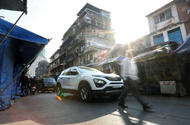Harrier is Tata’s flagship SUV
The Harrier gives JLR hardware a Tata twist, but how will it fare on India’s four-lane roads crammed with twice as many cars and bicycles (often driving the wrong way)?
What does everyone in the UK make of Jaguar Land Rover being owned by an Indian company?” This is a question that was asked a few times on my trip to India, and my reply was always the same: “It’s not something that anyone really thinks about or is bothered by, to be honest.”
British car companies have always enjoyed their best days under foreign ownership and, given that history, the fact that JLR is foreign-owned (as are Bentley, Rolls-Royce, McLaren, Lotus, Aston Martin and now even Morgan) hardly even registers. While an Indian conglomerate owning JLR was a headline back in 2008, it’s still considered as British as Tetley tea.
Tata has been a very good owner for JLR. Despite the troubles of the past couple of years, the overall story since the conglomerate took over is pretty much one of exponential success. In its first full financial year under Tata ownership, 2009-10, JLR sold 208,000 cars. By 2018-19, that had increased to 578,000 cars. Tata backed JLR, gave it the capital to succeed and left the management to get on with it. And, with Land Rover in particular, it has had a happy knack of making the right car at the right time – best seen with the Range Rover Evoque.

JLR has done plenty for Tata, too. For a long time, that was typically seen through revenues and profits – and lots of them. But now, despite the huge price and positioning gap between the Tata brand in its native India and Jaguar and Land Rover around the world, some proper JLR hardware has made it over to India to be used on a Tata model.
That model is the Harrier, Tata’s new flagship SUV. Underpinning it is a Tata version of the Land Rover D8 platform, which was used for the Discovery Sport until that car’s update last year. Tata calls its platform Omega.
The two architectures share hard points and a fundamental design, but in going from D8 to Omega, plenty of changes were made to allow the Harrier to be sold in India at a price that works for a Tata and using locally sourced parts. That’s not just through material changes but also through updating the rear suspension design, for example.
This is something that’s becoming more common in India. For instance, the MQB A0 platform that underpins the Volkswagen Group’s small cars in Europe has been remade in India using 95% local parts to ensure it can be sold at the right price. Whereas ‘decontenting’ was the word before, now it’s very much ‘rebuilding’. You’re still making a sandwich, just you’re using plain white loaf instead of fancy artisan bread.
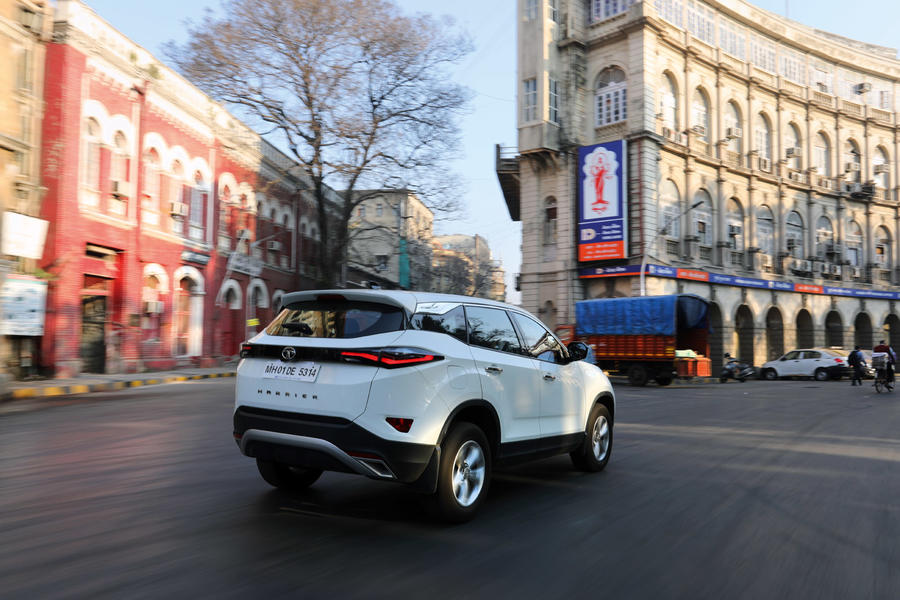
That said, there’s one big change from Land Rover to Tata: the loss of four-wheel drive. While the Harrier’s underpinnings may be derived from Land Rover, its diesel engine and manual gearbox both come from Jeep, and repackaging them to fit the four-wheel drive system would be too costly, leaving only the front wheels to be driven by the diesel-and-manual combination.
Not that four-wheel drive is missed where I’m driving it: downtown Mumbai in Friday morning rush-hour traffic. As soon as you get off the plane and into a taxi in India, you know you’re a long way from home in the context of driving. I’d arrived there on Monday morning, so I’d had a week wide-eyed and clenching my bottom in the passenger seat to see what I was in for.
A four-lane road? Try six or seven cars wide using the space, with bikes weaving in-between. And typically then at least one car or bike coming the wrong way towards you. Oh, and if you’re driving at night, don’t expect them to have any lights on. Then there are the pedestrians: just walking out, zipping in and out of traffic like they’re actors performing in a hazard perception test with little regard for their own safety. There are stray dogs, too. Not to mention terrible road conditions and the horn being used by everyone several times a minute. If you’ve ever driven in Naples, which is about as extreme as Europe gets, quadruple the intensity of that experience and you’re still not there.
Not the ideal location to test a car, then. Yet it’s a much calmer place at dawn, as I meet colleagues from Autocar India who have readied the Harrier for us. Mumbai is serene and beautiful in the early morning light, and this is the only real time you can get on the road if you want to move at more than about 10mph or have the chance to get out of second gear.
So I don’t spend too long looking at the Harrier before it’s straight to our first destination. Even on this short drive, I find a reassuring familiarity about the Harrier. Some of the switchgear and even the fonts used on the instrument screen and other controls are straight out of the Land Rover parts bin (and why not?), while the perceived quality is good for a car priced from the equivalent of around £13,500 (less than half of what an original Discovery Sport cost new), rising to about £17,500. Our test car sits nearer the top of the range. There’s a good, honest robustness to the Harrier on first impression.
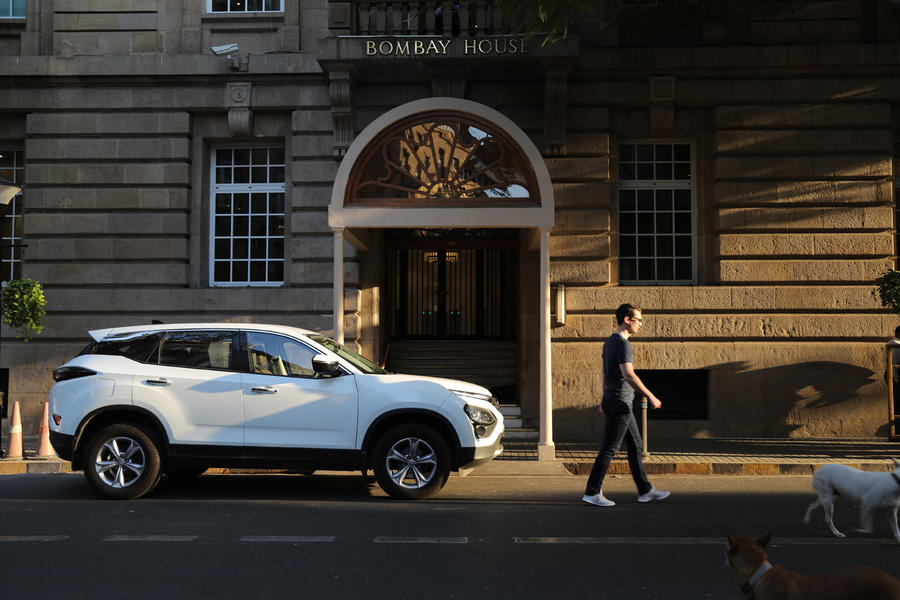
Our first port of call is Bombay House, which is Tata’s global headquarters. A lovely old Edwardian building in the pleasant Fort district, it’s also known for being a friendly home for Mumbai’s stray dogs; when it was refurbished in 2018, a special kennel was opened inside it as a safe place for them to go. Company grandee Ratan Tata is known for his love of dogs, and they quickly surround me and the car – in a way nowhere near as threatening as that sounds.
Parked outside Bombay House, the Harrier looks a smart-enough vehicle. It’s fairly generic and nondescript, a bit like a previous-generation Hyundai. Hyundai, incidentally, is a brand that you now see everywhere on the roads in India, having become the second-biggest-seller in the country behind Maruti Suzuki, which holds a monopoly over the cheap small cars that continue to dominate.
So the Harrier is by no means offensive, even if it hasn’t inherited the visual flair from Land Rover’s design department like it has its underpinnings from the engineering team.
Back on the road and the traffic is starting to appear. We’re on a photographic picture tour as much as a road-testing one, and if this is a tricky place to be writing about cars, that’s nothing compared with what the photographers have to do. So it proves at our next stop, the bustling Chhatrapati Shivaji Maharaj Terminus (still known by most locals as Victoria Terminus), an extraordinary gothic Victorian railway station that’s one of Mumbai’s several Unesco World Heritage landmarks.
The ‘no rules’ aspect of Indian roads is now in full view. Waiting patiently for the storm to subside to appear in a picture, I’m swarmed by all manner of vehicles by the side of the road, anticipating the cue from the photographer. We get one clear shot of the Harrier after 15 minutes of set-up, so I’m glad not to stall the car’s rather sensitive clutch and then manage to collect my colleague ahead of our next stop.
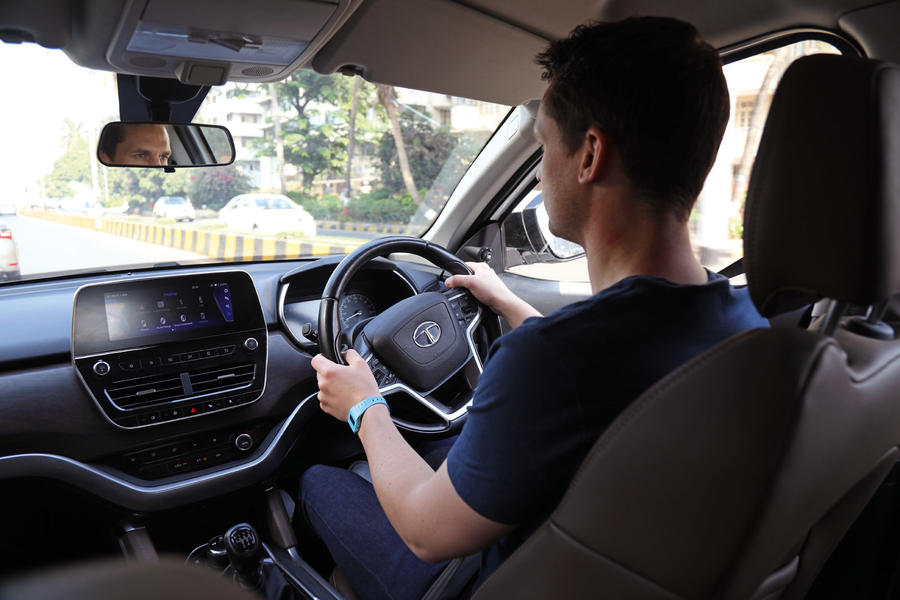
As the volume of traffic increases, the Harrier is beginning to show its limitations and why it hasn’t been the market success that Tata hoped for. Offering customers various engine and transmission options is vital for success in India, yet Tata has so far sold the Harrier with just a 138bhp, 258lb ft 2.0-litre diesel engine mated to a six-speed manual gearbox.
Given the decline of diesel in India, having no petrol option seems an odd decision, and given the size and weight of the car (it’s 4.6 metres long and weighs 1675kg, putting it in the Audi Q5 category), the lack of an automatic ’box seems even stranger.
It makes the Harrier far from the most relaxing car to drive, especially in the stressful downtown Mumbai traffic as we head down the bustling Mohammed Ali Road, with manoeuvring tricky and even greater anticipation needed to ensure that I’m in the right gear at the right time to exploit any sudden gap in the traffic. Still, at least the brakes work well, as one pedestrian who steps out in front of us is glad for…
Our last stop is the Gateway of India, a monumental arch that’s perhaps Mumbai’s most famous landmark, where our tour of the city ends and the Harrier heads back into the care of Autocar India.
It’s a car I’m pleased to have driven – yet, unlike Mumbai, I leave with no great memories of it. It is a sufficiently good product to have performed better than it has done, but is in no way outstanding, despite its touch of star quality from the Land Rover brand above. Endearing and likeable enough, then, but all a bit forgettable.
Yet perhaps the overriding emotion is one of relief at having handed back the car in one piece. Time for good lie down.
Three famous Tatas
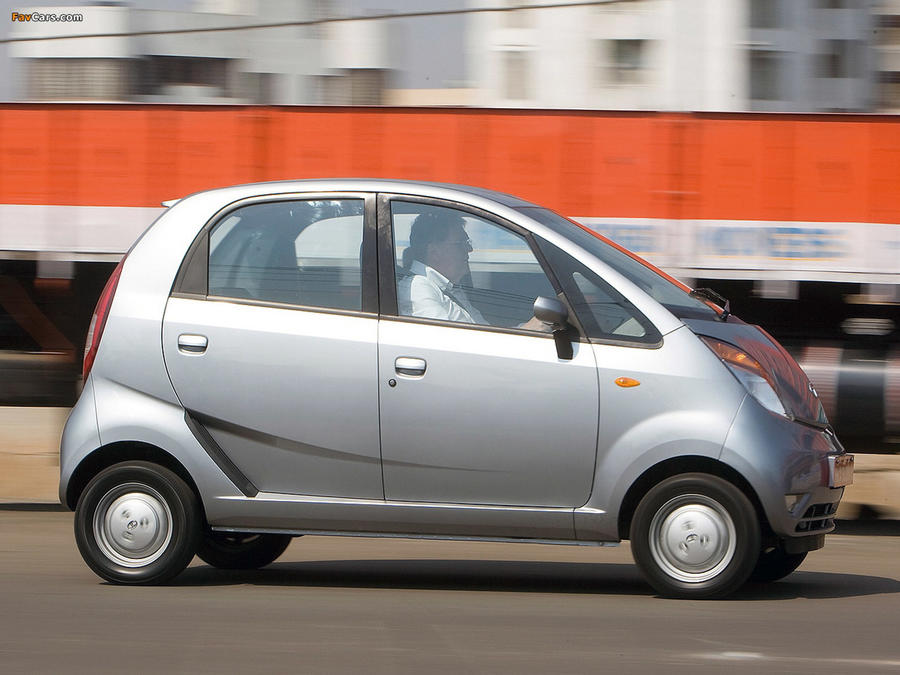
Tata Nano: The Nano was billed as the world’s cheapest car, costing around £1700 at launch in 2009. Tata hoped to build 250,000 per year but just 300,000 had been made when it was axed in 2018. Being known as a cheap car is what hindered it, as buyers instead opted for models with greater cachet.
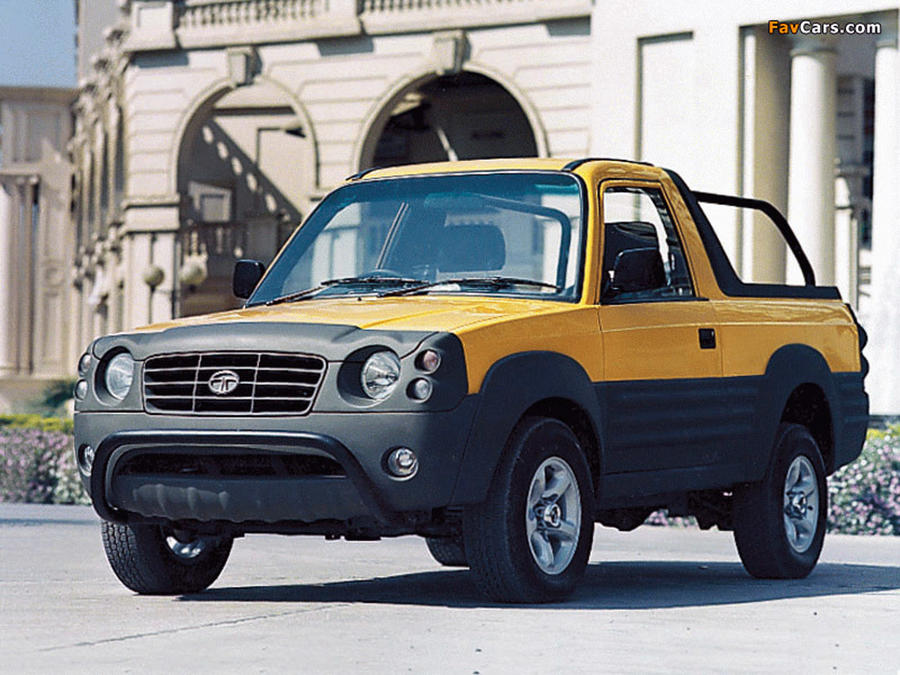
Tata Sierra: The Sierra was India’s first home-grown SUV model. Launched in 1991, it gained a cult following and was even exported to Europe, for markets including Germany and France. It lived until the end of the decade before being replaced by the Safari. Tata recently previewed a return for the Sierra with a concept car.
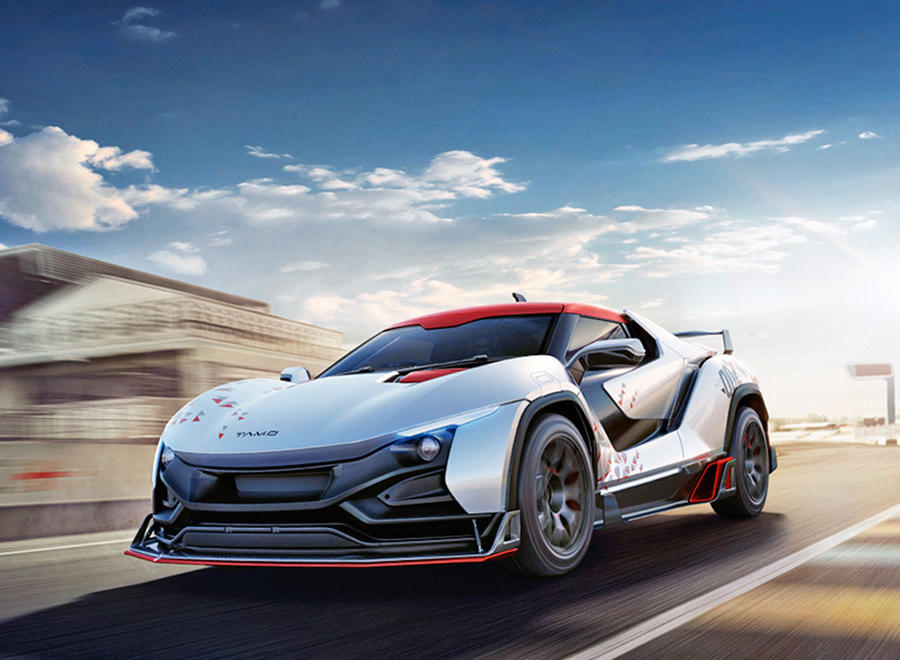
Tamo Racemo: Three years ago, Tata announced it would launch the Tamo brand, whose first model was to be a tiny two-seat sports car based on the Racemo concept. Its spec was impressive, with a carbonfibre chassis and double-wishbone suspension, but the project was put on indefinite hold in 2018.
READ MORE
Matt Prior: Whatever happened to the Tata Nano?
Tata rules out sale of Jaguar Land Rover, but looks for partners
2018 Tata saloon to complete trio of next-gen models
Source: Autocar
